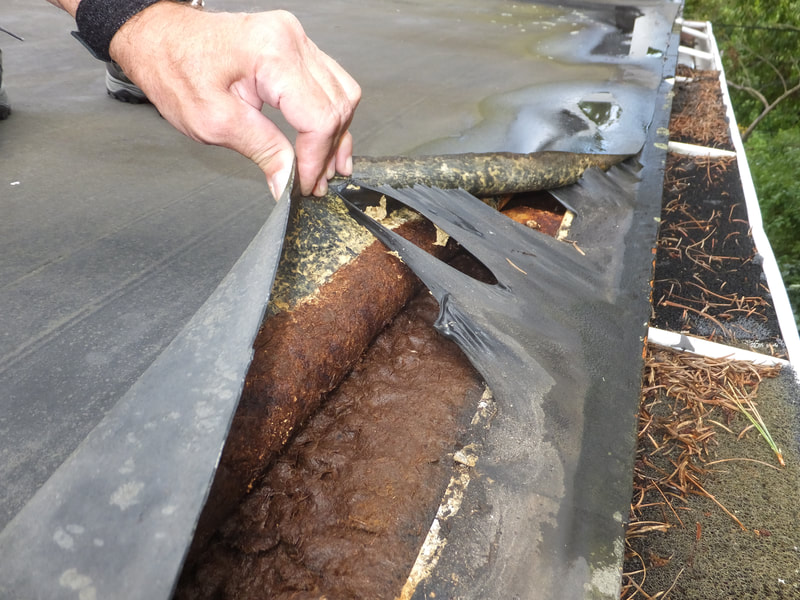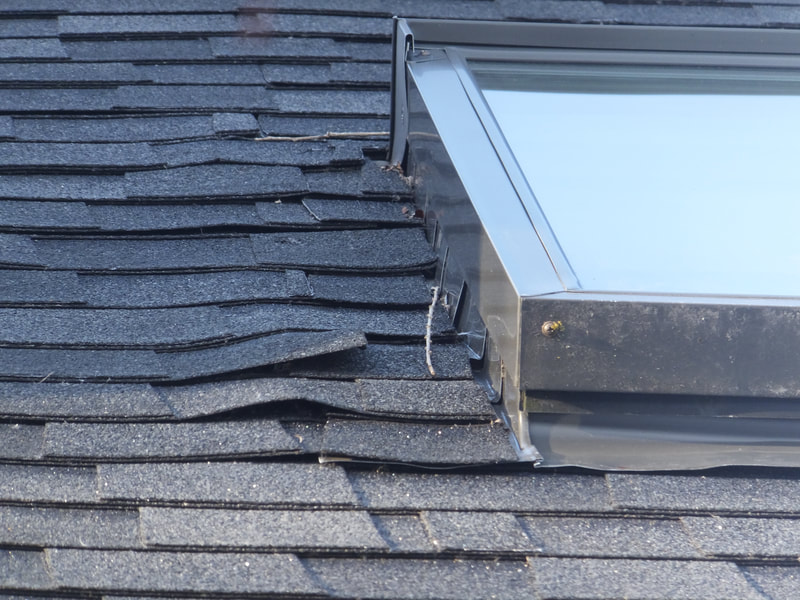|
2/3/2019 0 Comments will your roof leak?The component of sloped roofs most vulnerable to early deterioration is the area around the flashings (chimneys, plumbing stacks, valleys, etc., and particularly skylights.) It is not uncommon for these areas to develop a leak before the rest of the roof material has aged significantly. Also, because these areas are frequently made of metal they can be more susceptible than the rest of the roof coverings to wind and other mechanical damage. So while the flashings may appear fine today, and your roof may be relatively young, the flashings should be monitored on a regular basis (semi-annually) to ensure they will function properly. Fortunately minor roof leaks are usually more of a nuisance than a major problem. Usually the extent of the damage is to a small area of the interior finishes, and if the leak is repaired immediately, the damage can be minimized.
The Grandfather of Flat Roofs Flat roof technology has been improving and some of the newer methods are predicted to last longer with fewer problems. However, as a generalization, flat roofs are more vulnerable to leakage than sloped roofs, all other things being equal. The traditional method of covering flat roofs with built up (aka "tar and gravel") material does work, but it has a shorter life expectancy and there is a higher possibility of premature leakage. It seems one of the primary factors in the life of a built up roof is the workmanship of the installers. Built up roofs with excellent workmanship will last 15 years or more, while the work of less skilled tradesmen may develop problems in less than 5 years. Additionally a flat roof that is past mid-life may develop leaks relatively quickly. Because of this behaviour characteristic regular monitoring of flat roofs is recommended, to ensure they continue to provide protection. Typically water will penetrate flat roofs through small cracks in the tar. If you notice cracks, they can be repaired with roofing tar and the roof may be made to last another season or two with regular monitoring and spot repairs, depending on the degree of deterioration. Newer flat roof coverings such as modified bitumen, PVC and rubber membranes, properly installed will last longer and perform better, however still have some of the vulnerabilities associated with flat roofs. THE BOTTOM LINE: An ounce of prevention is worth a pound of repair.
0 Comments
Leave a Reply. |
AuthorGil Strachan is a professional home inspector, representing Electrospec Home Inspection Services in east-central Ontario since 1994. CategoriesAll Appliances Buying And Selling Cooling Electrical Environmental Exterior Health And Safety Heating Home Improvement Home Inspection Insulation Insurance Interior Plumbing Roofing Special Structure Archives
January 2024
|



